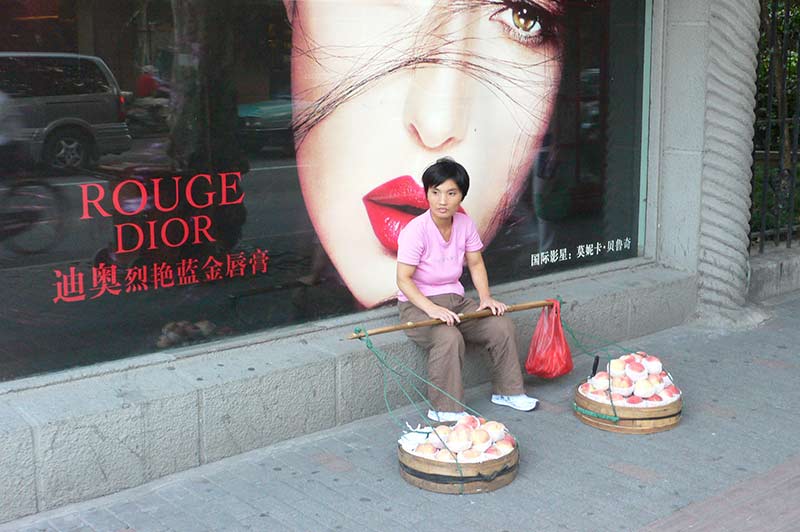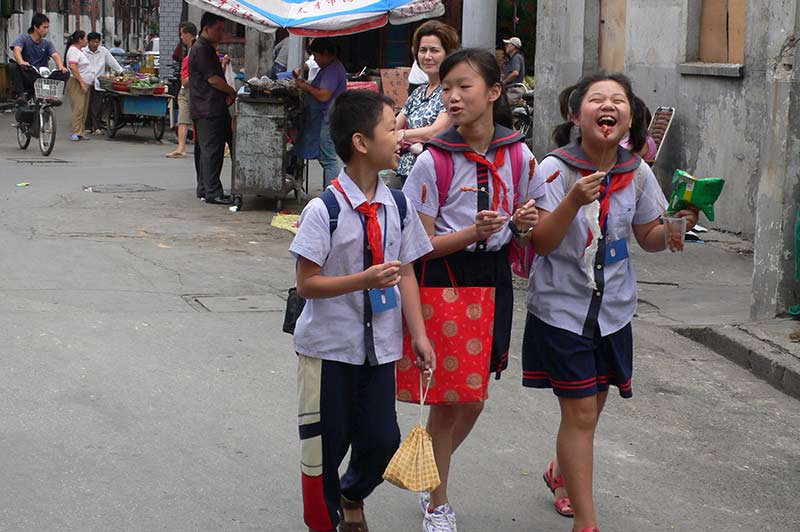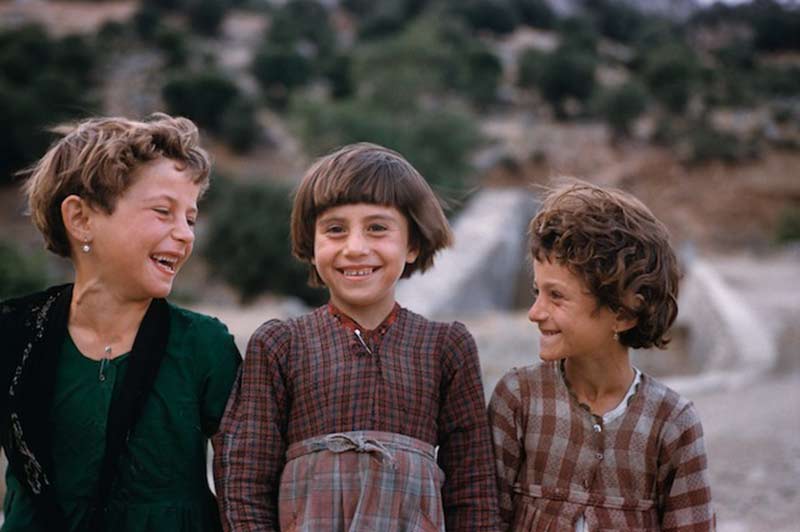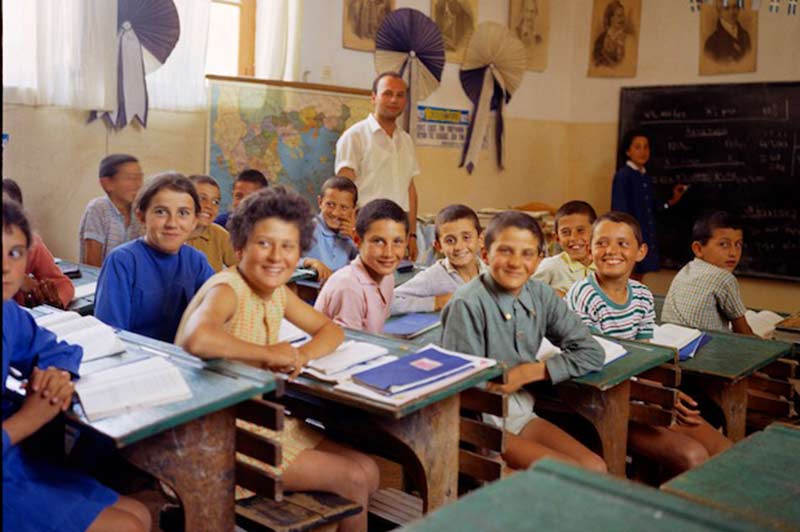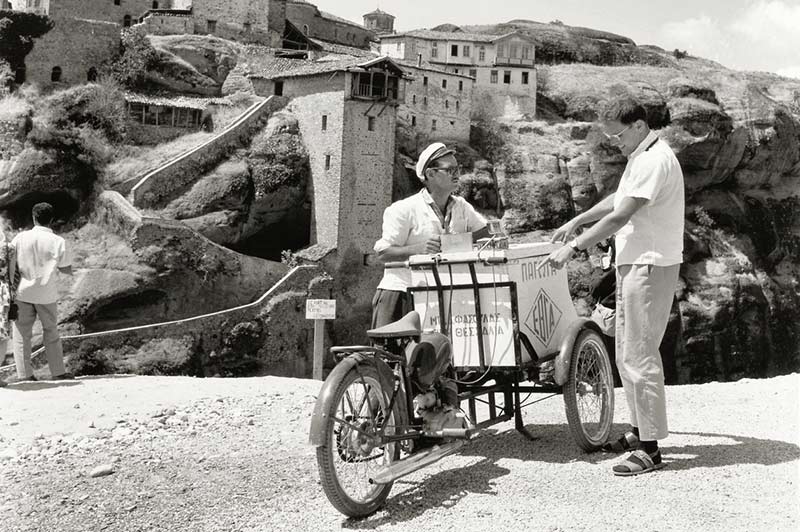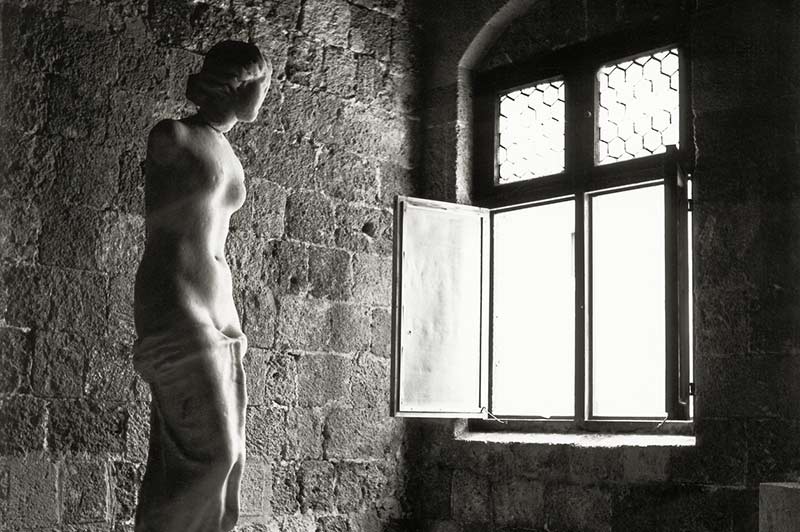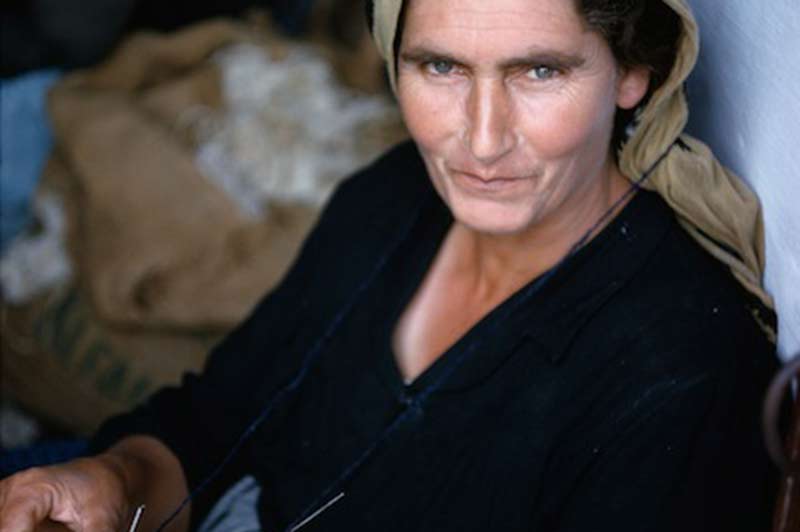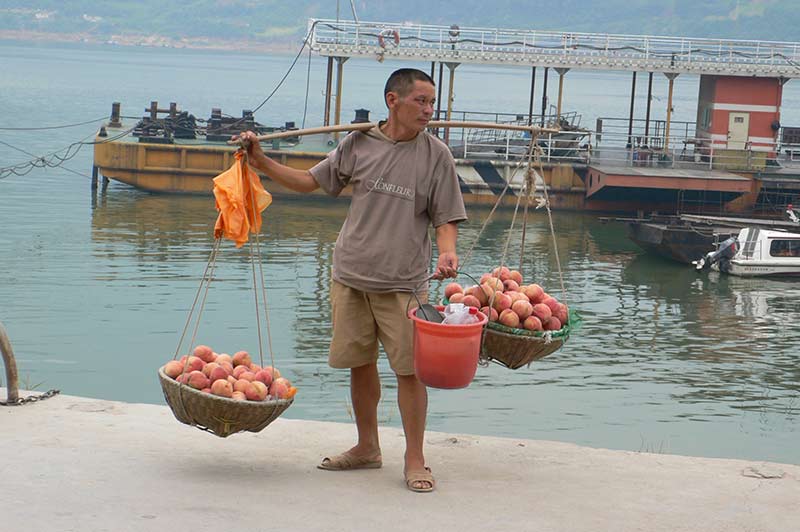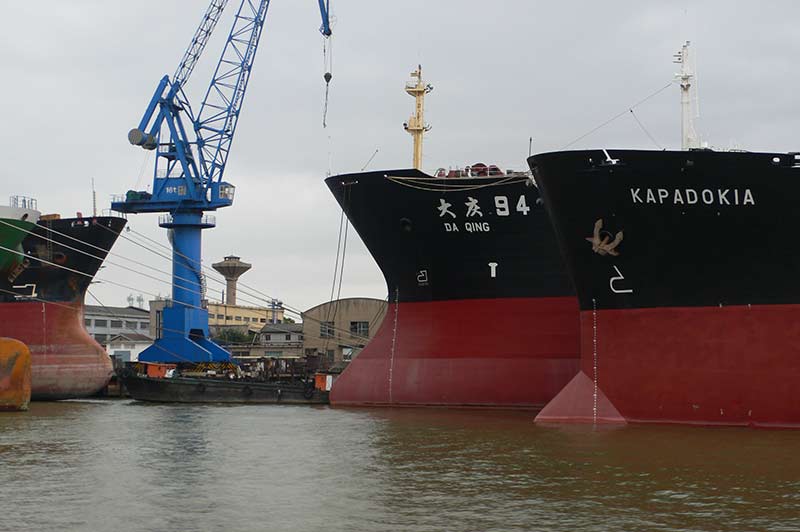Ιt is with great pleasure that the Corfu Museum of Asian Art welcomes the present photographic exhibition by Robert McCabe with the theme “Greece, China – ancient peoples and changing worlds”.
As concerns the images in the exhibition relative to Greece, we could call it: “Robert McCabe’s Greek Summer” which brings to mind Jacques Lacarriere’s “Greek Summer”. McCabe did not simply stick to the stereotype of Classical Antiquity. Through these works, “his” contemporary Greece comes into view. A Greece that the photographer loved ardently. A Greece he had been looking for while he was searching without being conscious of it.
The fortuitous circumstances that first brought him to our country are familiar to all. The 1950s and ’60s marked a time of change in our land. Perhaps the photographer was not aware of this. Nevertheless, his instinct imperiously demanded that he print with his lens that which was in the process of disappearing forever as well as something else which was coming – without knowing what it was exactly. Indeed, in those days Greece had still preserved, at least for a while longer, the first half of the 20th century. Being distanced from yesterday, we understand this today. Because from 1970 on, our culture became altered, if you’ll permit the expression. It became globalized, obeying, or if you prefer, succumbing to the peremptory commands and siren songs of modernization.
When the photographer first encountered “his” Greece, he had decided upon creating original images with harsh sunlight and hard shadows true to the Mediterranean landscape. Scenery I’d venture to qualify as neorealist cinema which, in a strangely coincidental way, was emerging at the same time. Those images magnetized him. They had nothing to do with the iconography familiar to him, namely flashy photos of American wealth and abundance, its big cars and skyscrapers that nevertheless hide the solitude and melancholy of its people – precisely what the work of the great painter Edward hopper depicts. To the contrary, McCabe’s images show in the most absolute way simple, ordinary men of the Greek soil, rather than urban centers, in their effort to overcome the hardships of the 1940s, their hopes and dreams of a brighter tomorrow. We all lived that new day – it did indeed come and became the Greece of the last decade, a time of ease and plenty. Perhaps it’s becoming the past because of the economic crisis, yet we should like to rediscover the hope and optimism of those simple folk. Images of our popular culture, notably in the Aegean, were saved thanks to McCabe’s inspiration. Baptisms, schoolchildren in blue pinafores, weathered faces of laborers, old buses – are all “jumbled together” in his lens but in a poetic vein that far surpasses simple curiosity and that displays a creative concern for preserving it all on film, and in his heart.
Indeed, I believe that despite the fact that he has photographed other peoples and places, his work reveals that he is more Greek than we are. He may not have known a word of Greek at the time he took those photos, yet who cannot hear the conversation, or rather conversations, with the faces he caught with his lens? Faces that confided in Robert McCabe. Not just his camera. As if they instinctively trusted him on a smiles. As such, children, pupils, farmers, sailors, housewives, all offer him a glimpse of their souls.
In their midst, perhaps we can each “see” and “remember” the beloved face of someone dear and departed, no longer among us. And we thank him for this gift.
The second major unity of the exhibition is consecrated to a photographic travelogue on China. Robert McCabe brings us a part of his collection of photographs portraying the great people of Asia. Chinese landscape painters were equipped with the “four treasures of their trade”: brush, ink, stone and paper in order to fix idealized landscapes. With the lens of his camera McCabe frames cities, lakes, landscapes and ordinary people in a realistic, forever changing environment. Bold colorful brushstrokes alight to accentuate and brighten the monochrome urban landscape offering us images of a disarming simplicity and sensibility. here again, scenes of daily life enchant him: groups of people in conversation, working, amusing themselves – silently captured by the photographer’s lens that transports the poetic placidness of their lives to us. In his landscapes the photographer’s penetrating eye always manages to allude to the majesty of the country’s vastness. Above all, his expressive portraits stir our souls.
It is indeed a propitious conjuncture that a visitor to the exhibition can admire in the galleries of the museum excellent examples of the art of the great civilization of China starting from the prehistoric era up until the 20th century. can marvel at and compare in a singularly fascinating way aspects, affinities and differences between these two great cultures.
Fortunately, we are not alone on this path. And for this reason we extend our warmest thanks to all those whose contribution was so instrumental in the realization of the present exhibition. First and foremost, we’d like to thank Robert McCabe for his support throughout all the organizational stages of the exhibition. We would also like to express our heartfelt gratitude to the archaeologist Kassiani Kangouridi, restorer Mariliza Paolineli, Decorator Efi Macrodimitra, and architect Iro Armeni. Likewise, we owe a debt of gratitude to Thymios Presvytis and Theodoros Anagnostopoulos whose fine taste shaped the final form of the exhibition catalogue. Special thanks are due to the art historian Evita Arapoglou for the aid of her scientific expertise. And lastly, we are deeply grateful to Aegean Airlines for providing transportation for the show. Without the invaluable assistance of the aforementioned contributors the present ambitious venture would have been impossible.


